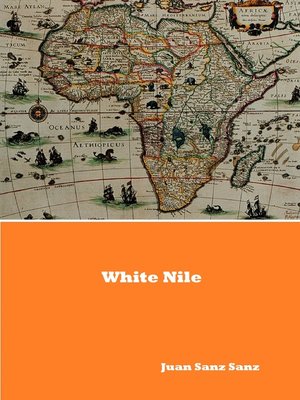
Sign up to save your library
With an OverDrive account, you can save your favorite libraries for at-a-glance information about availability. Find out more about OverDrive accounts.
Find this title in Libby, the library reading app by OverDrive.



Search for a digital library with this title
Title found at these libraries:
| Library Name | Distance |
|---|---|
| Loading... |
Africa is an ancient continent, of hard lands, in which good lands are scarce. There are few deep alluvial spaces. The oldest is in the bucket of Chad. There is another one in the middle Niger and this one from the Bahr el Gazal-White Nile, which should have an extension of perhaps 100,000 km2, approximately the space that the swamps occupy today. These good lands have an invaluable value. As here the rains are between 500 and 1,000 litres, with a rainy season and a dry season, rain crops could be established, in dry land. This would be an invaluable help for the Republic of the Sudan, an overpopulated country with low food capacity. At present this region of floods is uninhabited, which would facilitate its colonization.
If these swamps could really be drained by the procedure of deepening the bed of the White Nile below them, the consequences that this would report would be remarkable.
But the most notable advantage that the desiccation of the swamps would produce would be the recovery of the waters that are lost in them. This volume of water, which we have calculated at 2,000 m3 / s would double the flow of the Nile in the lower course. With this, the capacity of irrigation and hydroelectric production would also double.







